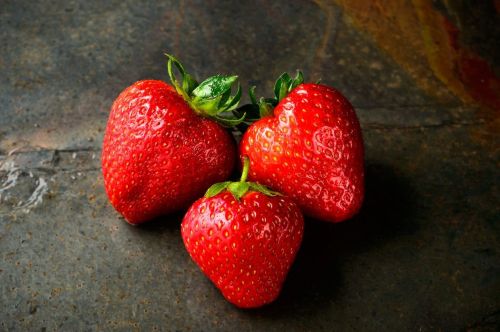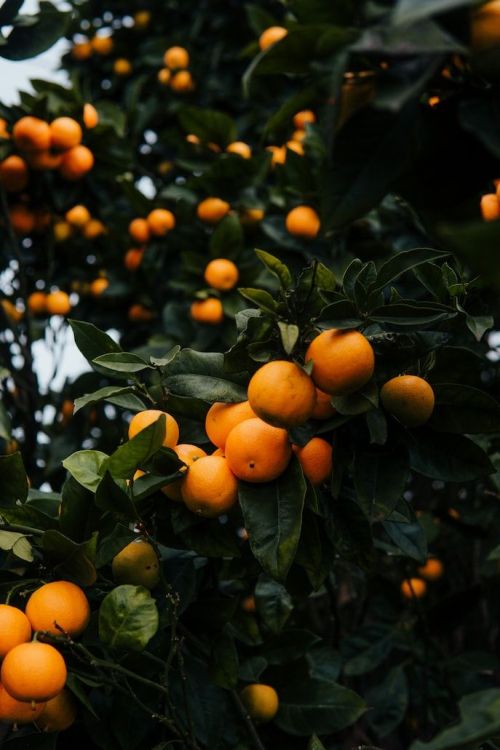The coconut tree (Cocos nucifera) is an iconic tropical tree that has played a key role in the lives of communities living in areas with warm climates for centuries. For thousands of years, it has provided the inhabitants of tropical coasts with an excellent source of food and raw materials: its fruits provide nutritious food and drink, its wood is used for building huts, and its leaves-roofing.
Its unique characteristics and versatile uses have made it an integral part of the culture, economy, and ecosystems of the tropics.
One of the most valued gifts this palm offers is coconuts-fruits that decorate landscapes and are a valuable raw material with nutritional, cosmic, and industrial significance. It is not without reason that in the past they were called trees of a thousand uses.
It is the only species (monotype) of the genus Cocos that has different varieties. The name of this genus comes from the 16th-century Portuguese word coco, which means “head” or “skull” due to the three depressions in the coconut shell that resemble facial features.
It is difficult to conclusively determine because its seeds can survive long sea voyages, which has led to the natural spread of the species in different tropical regions. Some sources point to Southeast Asia (with the area of today’s Indonesia and Malaysia) as the likely place of origin, but similar theories claim the Oceania area.
Today, the coconut tree is mainly found in areas of Southeast Asia (Indonesia, Malaysia, Philippines, Thailand, Vietnam), Oceania (Pacific islands, including Hawaii, Fiji, Samoa, and others), Africa (Ivory Coast, Nigeria, Zanzibar) and Latin America (Brazil, Colombia).
It grows in sandy soils and is very tolerant of salinity. It prefers areas with plenty of sunshine and regular rainfall – 1500-2500 mm per year. It does not tolerate cold weather. Its fruits require high humidity, at least 70-80 percent, for optimal growth.
The following conditions must be met for these trees to grow in their natural habitat:
It has feathery leaves 4-6 meters long, which are clustered in a crown at the top of the trunk. They consist of segments called leaflets, which can be flexible, allowing them to move in the wind.
The palm’s trunk, called the log, is one of the most distinctive features. It is tall, cylindrical, and covered with the remains of fallen leaves, forming distinctive rings. Its root system is superficial, which allows it to draw water from the soil surface.
The palm flowers form inflorescences and are sessile - some plants have male flowers, others have females. Female inflorescences develop into fruiting bodies, which develop into large fruits-coconuts.
Like other fruits, it has three layers: exocarp, mesocarp, and endocarp. The exocarp is the shiny outer skin, usually yellow-green to yellow-brown. The mesocarp consists of a thick layer of fibers called coir. The woody endocarp forms a seed, called a coconut, which contains a single seed. The endocarp is about four millimeters thick and has three characteristic germination holes (micropyles) at the distal end. Only one of them is functional, covered with a soft shell through which the germinating shoot can penetrate. The other two are encapsulated. The inner wall of the seed is lined with a thick layer of solid endosperm, which when dried is called copra.
The inside of the seed is filled with a liquid form of endosperm, called coconut water. A small cylindrical embryo is embedded in the solid endosperm, directly below the functional germination opening.
Usually, however, it is less than 30. With proper care and proper growing conditions, coconut palms produce their first fruits in 6-10 years. Peak production occurs in 15-20 years. The palm tree fruits all year round and can bear fruit for more than 60 years. The maximum age of coconut palms ranges from 100 to 120 years.
The fruit can reach different weights, with up to 0,5 kilograms being encountered - the largest fruits reach up to 2,5 kilograms.
The leading producers are Indonesia, the Philippines, India, Brazil, Sri Lanka, Vietnam, Papua New Guinea, Mexico, Thailand, and Malaysia.
In Sanskrit, it is referred to as kalpavriksha - the tree that provides everything necessary for life. In Malay, it is referred to as the tree of a thousand uses. In the Philippines, the coconut is called the tree of life.
The flesh contains valuable vitamins as well as minerals, fatty acids, and fiber. It can be eaten raw, cooked, or dried. The dried pulp is called copra, and coconut oil can be pressed from it.
The coconut water contained inside the nut is used as a cooling and isotonic drink (due to its high electrolyte content), which is great for quenching thirst. Its composition is similar to human blood plasma, so under special conditions, it can be used as intravenous liquid hydration. Until the fruit is opened, coconut water is sterile.
They are also used in theaters and for movie soundtracks. The clacking of the nutshell halves against each other mimics the clatter of horse hooves.












